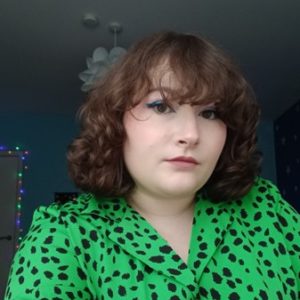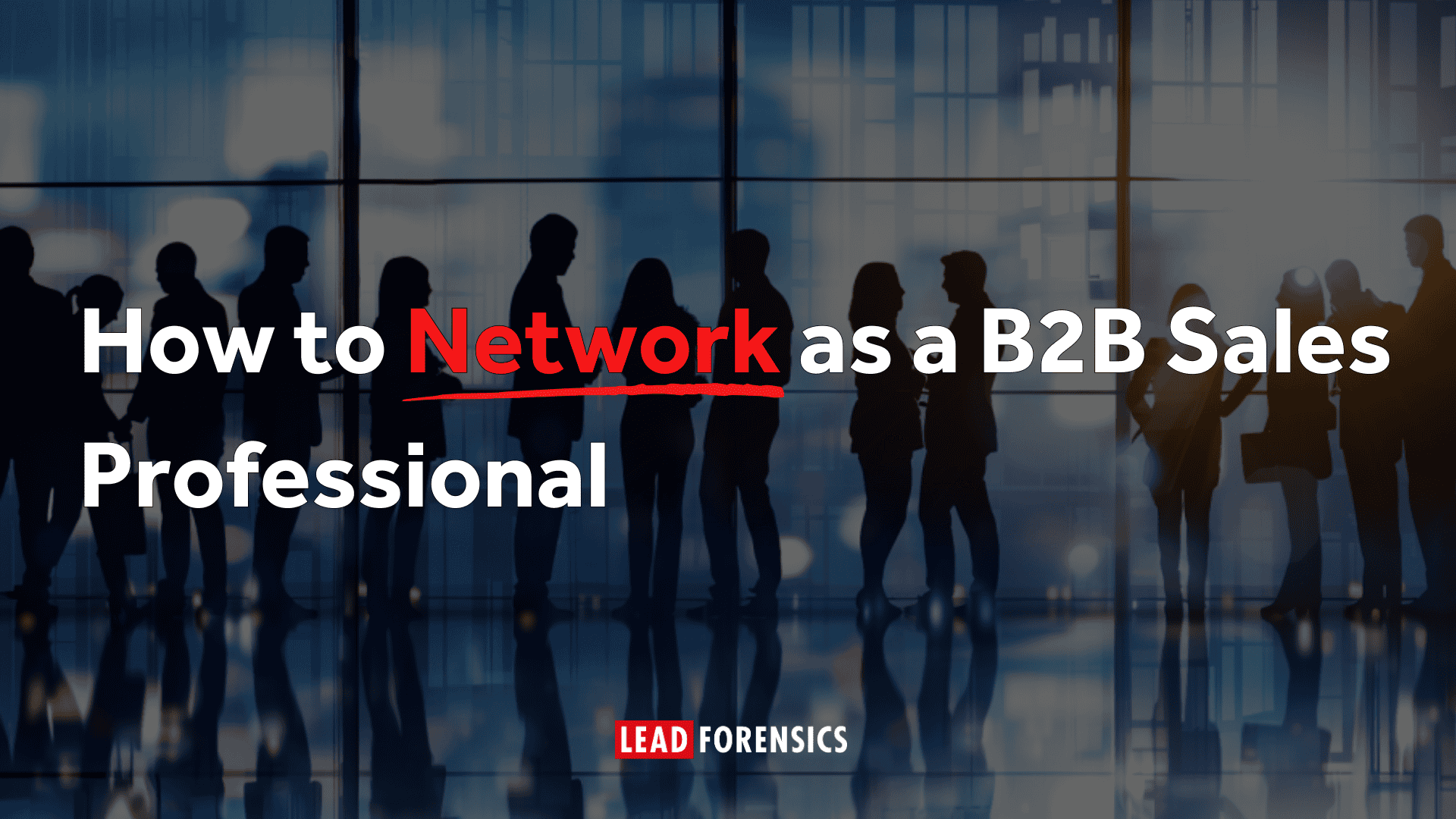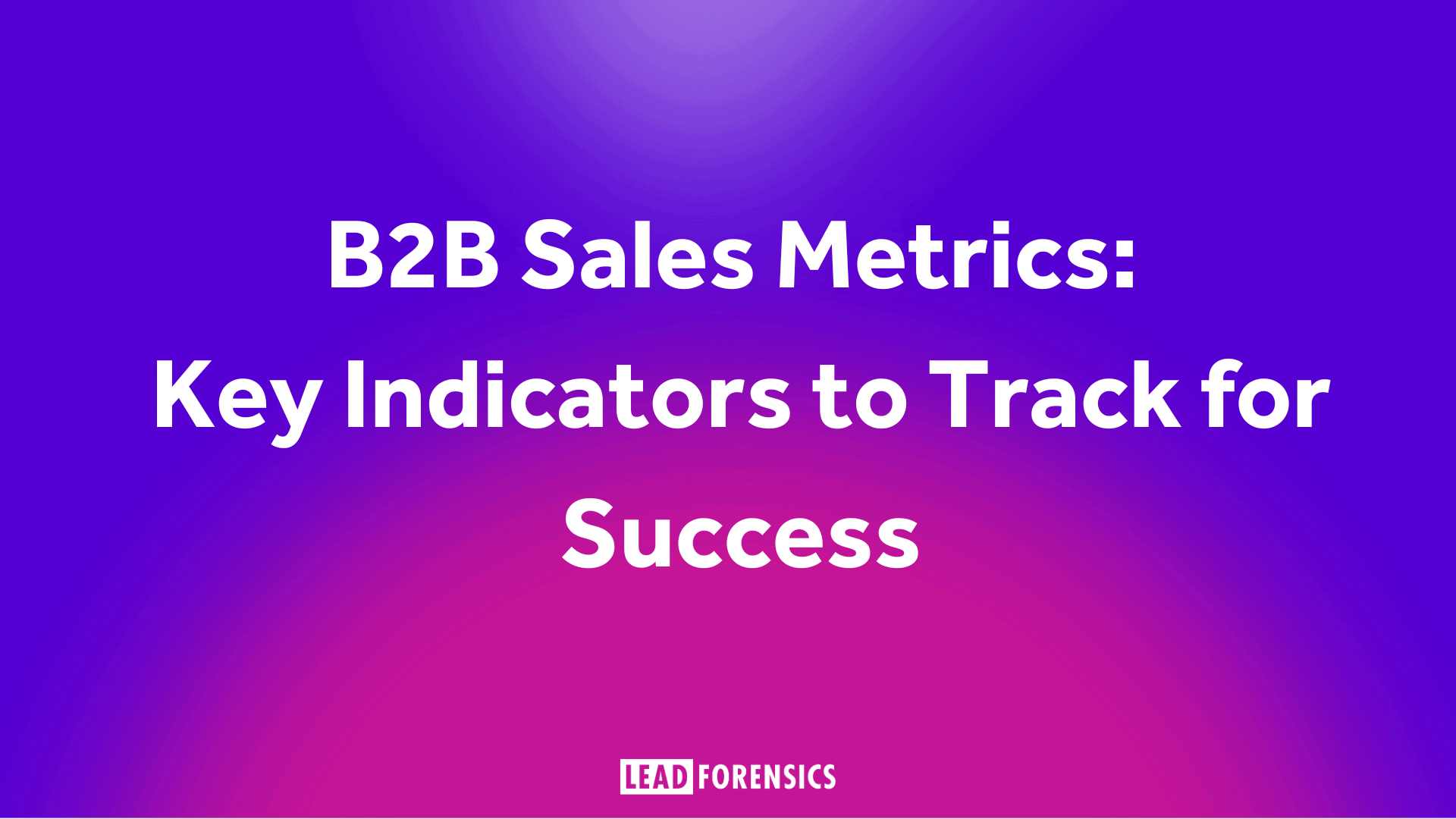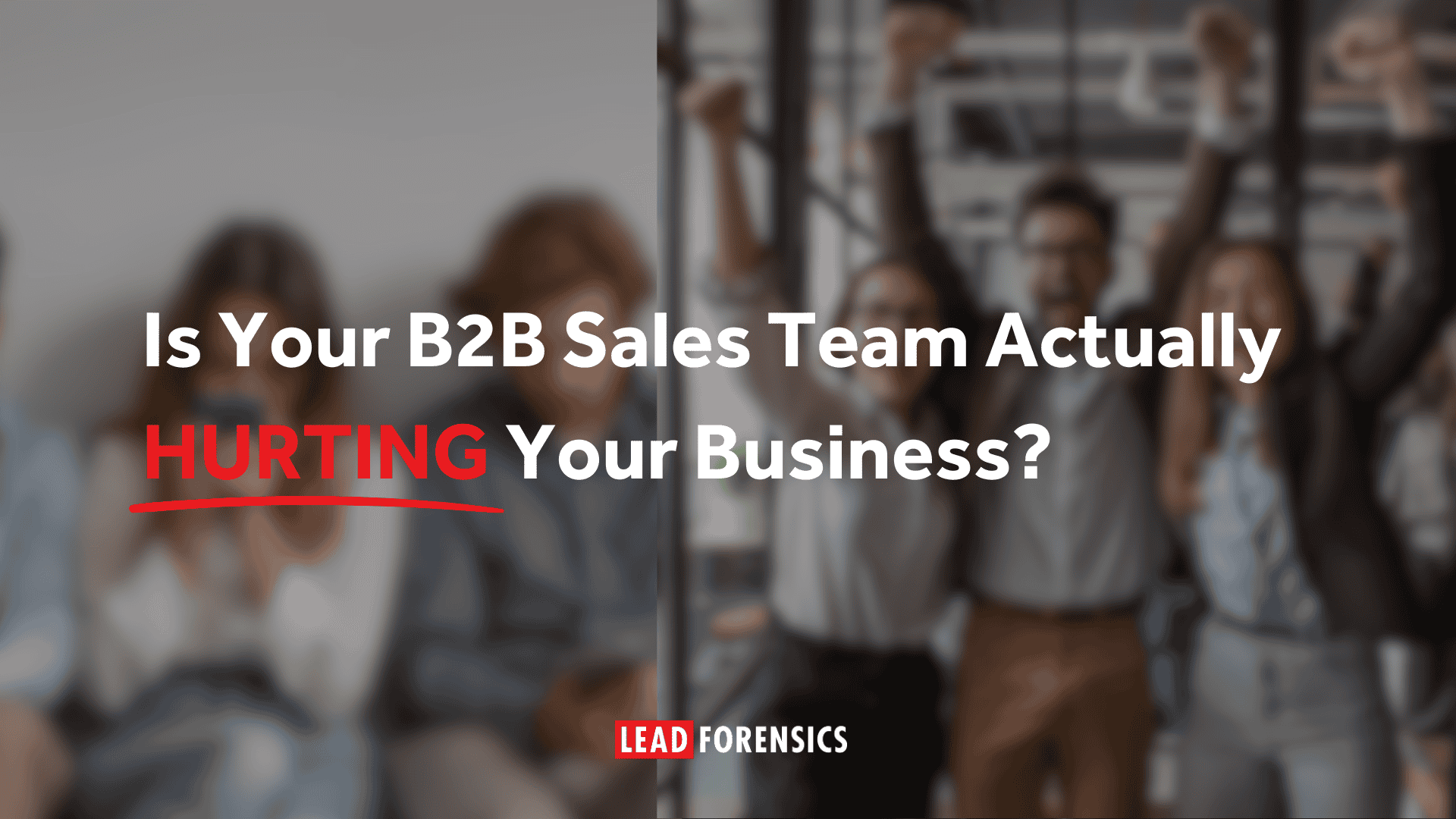What is a B2B Marketing Funnel?
A B2B marketing and sales funnel is a blueprint that shows businesses how their customers interact with their brand from the first encounter. It details the journey that people take to become a customer and sets out marketing actions that should take place at each point in the funnel.
It is very similar to a sales funnel and the lines have become quite blurred. However, it’s easiest to picture them side by side:
- Your marketing funnel creates touchpoints and gives the prospect reasons to purchase.
- Your sales funnel details the tangible actions you take to convince people to make a purchase.
- Both B2B marketing funnels and B2B sales funnels are distinct from their B2C counterparts.
The reason is businesses make purchasing decisions in very different ways to individuals. Businesses tend to spend more money, take more time and have more stakeholders (particularly if it’s a high-value purchase), which means the journey is longer and more complex.
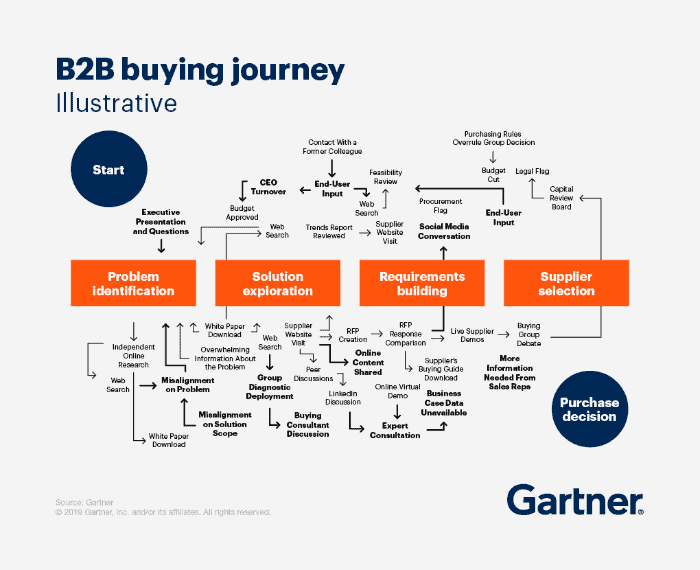
In fact, 77 percent of B2B buyers say their last purchase was very complex. The B2B buying cycle is also longer, with 74.6 percent of B2B sales taking at least four months to close and nearly half taking seven months or more.
This makes it increasingly important that B2B companies are investing in both their marketing and sales funnels to ensure they’re fully optimized.
Why Does My B2B Business Need a Marketing Funnel?

There are lots of different reasons you need a B2B marketing funnel. We’ve selected five of the most important benefits, but these are just the tip of the iceberg:
- The B2B customer journey is more complicated, so it needs more oversight.
- Modern customers value experience, which is why customer experience is the number one priority for 45.9 percent of businesses.
- It allows you to coordinate the efforts of different team members.
- You can maximize the efficiency of marketing tools to automate large parts of the process.
- It helps you spot inefficiencies and optimize your marketing process.
- These are incredibly important benefits, but perhaps the most crucial benefit of a B2B marketing funnel is it provides a plan. You’re not taking ad-hoc actions; you’re taking strategic steps to move the prospect towards purchase.
Prospects have to work through each prior stage to reach the consideration stage. They need specific information at specific points in the journey to do this.
B2B Marketing Funnel Stages
Someone interacting with your brand for the first time has different needs than someone who’s a regular site visitor. They’ll have different questions, and expect different things from you. How do you make sure you deliver the right content or experience at the right time?
By understanding your B2B marketing funnel, you’ll have a much better idea of what your audience wants at different stages in their journey.
Top of Funnel = Awareness + Attention
An SEJ survey found that top-of-funnel content is created more often by marketers than middle or bottom-of-funnel content. 95 percent of marketers create top-of-funnel content.
Before prospects consider your products, they need to discover your brand—which happens in the Top of the Funnel, sometimes shortened to TOFU.
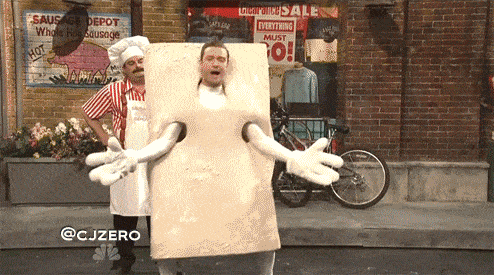
For many businesses today, the top of the funnel is characterized by:
- Brand building
- Content marketing
- SEO
- Paid advertising
- Social media posts
- Influencer marketing
- Video marketing
At this point in the marketing funnel, your potential customers have a question or pain point they need to be solved and by providing the answer, you initiate the relationship. Your customer has no affinity for your brand though, so you need to draw people’s attention and keep them engaged.
Not easy to do in crowded spaces like social media platforms.
This is why having a clear marketing funnel is so helpful and it will build awareness for your brand, setting the platform to grow relationships.
Middle of Funnel = Interest + Consideration
According to the SEJ survey, 86 percent of marketers create middle-of-funnel content.
At the top of the marketing funnel, you’ve grabbed people’s attention, and the middle of the funnel details what you do with it.
B2B sales are rarely made on the first touchpoint. On average, it takes eight touchpoints to make a sale, which shows you’ve got to do plenty of marketing.
You have to build the relationship and create trust before businesses sign on the dotted line.
The middle of the funnel is where you build interest and position yourself as a trustworthy partner that can help solve pain points. To do this, you’ve got to demonstrate that you:
- Understand what those problems are
- Care about the prospects’ problems
- Have the answers to solve those pain points
This is where marketers rely on targeted, educational content to guide the prospect toward the answers to their problems.
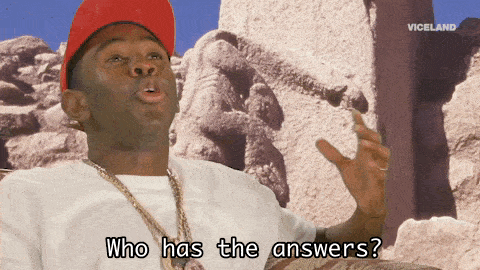
You’ll give away lots of information for free here, but don’t lose sight of the ultimate goal: persuade prospects that the quickest/ easiest/ most effective way to solve the problem is with what you’re selling.
We’re not at the hard sell yet, but we’re planting the seed and building purchase intent.
Bottom of Funnel = Intent + Action
76 percent of marketers create bottom-of-funnel content, per the SEJ survey.
At the bottom of the marketing funnel, the goal is clear: get the conversion.
You’ve put a lot of work in to get people here, and now is the time to capitalize. To do this, you want to be direct, with strong calls to action that lead to purchase pages.
You’ll still use content to guide your prospects through the journey, but it’s shifted slightly now. Here’s a bottom-of-the-funnel content example:
At this point, you’ve helped the prospect to understand their pain point and convinced them that they need help solving it. Now, you need to ensure you’re the company they turn to for help, not one of your competitors.
To do this, marketers rely on:
- Case studies
- Comparison guides
- Webinars
- Demos
- Free trials
- Optimized landing pages
- Social proof
The top and middle of the funnel are designed to get people to the bottom of the funnel, but it’s here that you drive it home and complete the sale.
Post-Funnel
A B2B marketing funnel doesn’t finish once you’ve made the sale.
You’ve worked hard to build a relationship with these people, so you want to maximize its value. To do this, you need to have a firm understanding of your post-purchase marketing.
Repeat customers are nine times more likely to convert, so this is a crucial step in driving ROI.

This is where you continue to engage with the customer, ensuring they’re getting the most out of their product, and solving any issues they might have. It’s also a time where you will look to upsell and cross-sell by:
- Showing how your products work better together
- Highlighting features of upgraded packages
- Communicating new improvements you’re making to your products and services
The goal is to keep the conversation going, so when the customer decides they need something more, you’re the first business that comes to mind.
What Is a B2B Sales Funnel?
A B2B sales funnel is a visual representation of how leads are captured and moved through the funnel.
The B2B marketing funnel is primarily concerned with creating the right touchpoints to guide the prospect through the customer journey.
The B2B sales funnel is more concerned with the actions that nudge the prospect closer to becoming a customer. For instance, rather than writing educational content, you have a sales rep guide the prospect through a demo of your software.
You should have a marketing funnel and sales funnel that work in unison to give the prospect everything they need for maximum efficiency.
Why Does My B2B Business Need a Sales Funnel?
Your business needs a sales funnel for the same reasons it needs a marketing funnel. Namely, the B2B customer journey is complicated.
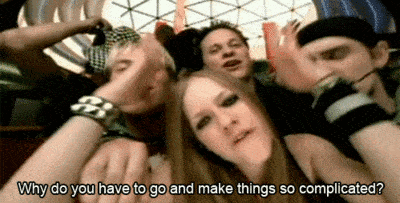
Even the most straightforward decisions can become complicated when selling to a business. The typical B2B buying journey includes six to ten decision-makers, each with specific interests. You’ve got to bring them all together to make a positive decision about your product.
Again, this is broken down into different stages so your team knows what actions to take at each point.
B2B Sales Funnel Stages
Every business is unique, so prospects will take a slightly different buyer journey. For that reason, you’ll find plenty of different B2B sales funnel examples.
In general, they’re based on the same principles, such as AIDA, Forrester’s Model, and the Conversion Funnel. This section will keep it simple and break the B2B sales funnel down into six stages.
Awareness
You’ll immediately notice the similarities with the B2B marketing funnel here, as sales funnels and marketing funnels are intrinsically linked.
We talked a lot about content in the marketing funnel, specifically what type of content is needed at each point of the customer journey. The sales funnel is much more focused on the methods you use to create brand awareness and drive demand.
This is where you’ll test different marketing methods and keep a close eye on results to see what offers the best performance.
Strategies might include comparing click-through rates on social media ads with Google Ads or working on cold emails for lead generation.
The key is to keep an eye on key performance indicators, such as:
- Site traffic
- Growth of social media profiles
- Sign-ups to your email newsletter
- Click through rates on paid ads
- Downloads of gated assets
The B2B sales funnel might be more complicated than B2C, but they all start with awareness.
Interest
It takes time to build interest in your products—first, you need to build a relationship.

At this point, you aren’t calling them five times a day to push a sale. You need to let them establish an interest in your product or services so that they take the first action.
Keep track of the content your prospects engage with and offer them upgraded content to cement their interest.
For instance, if someone signs up for a live demo of your software, this is a strong indication of interest. This allows you to move to the next stage in your process and actively pursue the sale.
Make sure you’re creating high-quality content upgrades, and use them to determine how hot or cold a lead is.
Your lead scoring might look a little like this:
- Signed up for email newsletter: 2 points
- Downloaded a beginner’s guide: 3 points
- Downloaded a brochure: 5 points
- Attended a webinar: 8 points
- Started a free trial: 10 points
This helps you see exactly how motivated your prospect is so you can reach out at just the right time.
Consideration
The consideration stage of the B2B sales funnel is where it can get a bit more “salesy.” Your prospects have recognized their pain point and identified your products as a potential solution, but they’re still weighing up certain things:
- How big is the problem they need to solve?
- How quickly does the problem need addressing?
- Can they address the problem internally?
- What alternative products can address the problem?
- What budget can they allocate to solve the problem?
Studies show this is the point in the customer journey where 60 percent of prospects want to speak to a sales manager.
At this point, you should have a good amount of information on the prospect, and guess what?
This information will help you to help the prospect solve their problem; with your product!

In the consideration stage, your prospects are looking at reviews and evaluating your product, but often the fastest way to do this is simply by speaking to someone.
Intent
The intent stage of the sales funnel is all about refining leads. People know who your brand is, they know they need a solution, and they’ve considered all their options. However, they still need that final push.
For example, maybe they add an item to their cart but don’t convert. You’re not alone—in fact, just under 70 percent of carts are abandoned.
That’s because adding an item to a cart or even filling out card details is a sign of intent. It’s the next stage of exploration, and as your abandon cart statistics probably show, many prospects don’t get past this stage.
Understanding the difference between intent and what’s needed to complete a purchase is an important part of the sales funnel because it allows you (or your sales team) to step in at the right time.
An abandoned cart, unused software trial or demo sign-up is a good sign because it means you’ve got a hot lead. It’s an opportunity to get them on the phone (or initiate your abandoned cart email series) and provide the push they need to convert.
Abandon cart email series have an open rate of 41.09 percent, which means you’re getting a second chance with a large chunk of potential customers. If you can reach them on the phone, your conversions are likely to rise even further.
Evaluation + Decision
Here’s where you drive the sale home: the evaluation and decision stage of the B2B sales funnel.
Your prospect signalled their intent, but they’re not quite ready to make a decision yet. How do you take them to the next level?
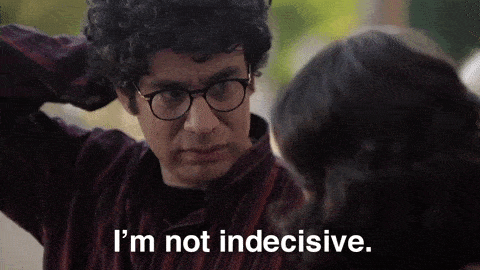
At this point, stakeholders complete their final research and come together to make a decision. The challenge is there can be so many people involved in the process.
You might have someone from marketing, someone from sales, someone from customer support and someone from corporate and they’re all considering slightly different details. You’ve already put in a lot of hard work to progress all these people through the sales funnel, now it’s conversion time.
In the evaluation and decision stage, your sales team should contact the prospect regularly to answer questions, highlight benefits, and work out a deal.
Purchase
Just because someone has decided they want to buy your product or service doesn’t mean it will happen. There’s still a lot that can happen before people enter their card details and you deliver the product or service.
Take site speed, for example. The average transaction conversion rate for a page that takes under two seconds to load is 6.32 percent. Once you drop below two seconds, that number decreases to below 3 percent and continues to fall as load time increases.
The first hurdle they’ll face is your payment process and if it’s not smooth, people won’t convert. Make sure it’s intuitive, easy to use, and pre-fill details when possible. User testing can help you spot issues in the process.
You’ll also want to keep a close eye on people who drop out of the funnel. They’re often well-qualified and may respond to retargeting ads or social selling.
How to Create a Cohesive B2B Marketing and Sales Funnel for Your Business
Your B2B marketing and sales funnel is unique to your specific business and your specific place in the market. Even your closest competitors don’t have the exact same model, team, or resources.
Since you can’t just copy a pre-made blueprint, how do you create a cohesive funnel?
Set Your Goals and Objectives
Before you look at any business process, you’ve got to understand your goals and objectives.
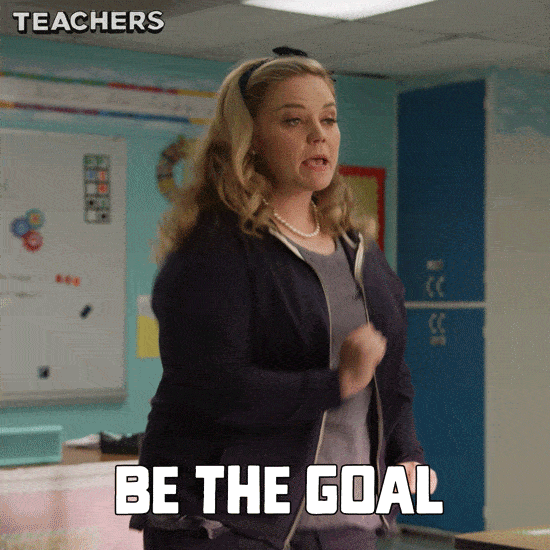
People who write out their goals are 20 percent more successful in accomplishing them, so it’s crucial to outline what you want to do.
You might choose to focus on:
- Total sales
- Average sale value
- Conversion rate
- Percentage of repeat sales
- Customer satisfaction
The important thing to remember is you don’t have to have just one funnel. Your goals may differ depending on the audience you’re appealing to, so the customer journey will change as well.
Set clear key performance indicators to assess your progress.
Understand Your Target Audience
Understanding your target audience is everything in digital marketing. If you get this wrong, then it doesn’t matter how much money you throw at it, you won’t see maximum results.
It’s worth going the extra mile to understand your target audience because funnels focus on the customer journey. If you don’t understand their wants, needs and pain points, then you can’t take the right actions at the right time.
B2B marketing and sales funnel Customer profiles
Build out detailed customer profiles so you have a clear picture of what your ideal customers look like.
Organize Your Team
As you can see, comprehensive B2B marketing and sales funnels have a lot of different elements. To maximize effectiveness, you’ll draw on a range of talents and knowledge.
The important thing is to ensure that marketing and sales are working together. When those two teams become siloed and communication breaks down, your funnel becomes much more inefficient.
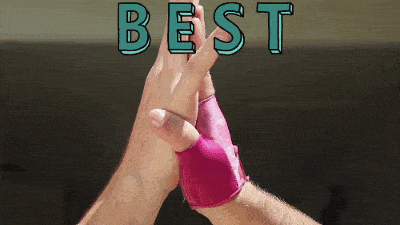
If you haven’t worked with a B2B sales funnel in the past, this can be a big change. Get buy-in from your team, and showcase how your new funnel will make life (and ROI!) better for everyone.
Choose the Right Channels
If you want to reach your target audience, you need to be in places where they hang out. This can change a lot depending on demographics.
For example, if you’re trying to reach an audience aged 50+, then Instagram might not be your best option. Your job is to find out where your audience hangs out and tailor your content to fit these platforms.
Create Your Assets
There’s one thing that should be consistent throughout the B2B marketing and sales funnel: high-quality content.
Whether you’re creating a beginner’s guide at the top of the funnel or a detailed comparison at the bottom of the funnel, you’ve got to have the right assets. As you’re planning your B2B marketing funnel, you need to think about what assets you need to create at each step in the journey.
Two-thirds of marketers are increasing their content budget for precisely this reason.
Track Your Progress
Your B2B marketing and sales funnel shouldn’t look the same two years from now. That’s because you should be constantly monitoring results and optimizing accordingly.
It’s not about setting up a funnel and sitting back and relaxing.
You’ve created a great framework and now you start to work on the fine details that will take it to the next level. Make sure you’ve got a process to help you track results to keep improving.
B2B Marketing and Sales Funnel Frequently Asked Questions
What are the differences between a B2B sales funnel and B2B marketing funnel?
A B2B marketing funnel is about creating touchpoints and giving prospects a reason to buy. A B2B sales funnel is more action-oriented, highlighting the actions you need to take at each stage in the customer journey to convert a prospect into a customer.
Do I need to create both a sales and a marketing funnel for my B2B business?
Yes. To completely understand the customer journey and the actions you need to take at each point, it’s best to have both a sale and marketing funnel for B2B businesses.
How much does it cost to create a B2B marketing funnel?
You can create a B2B marketing funnel using your own resources, but if you pay someone to do it for you, expect it to cost between $5,000 and $10,000. As this serves as a blueprint for your marketing and sales activity, it’s often worth the investment.
How much does it cost to create a B2B sales funnel?
It’s possible to create a B2B sales funnel yourself. It takes time to build out the perfect funnel, but it can be very cost-effective if you have the right skills.
What tools can I use to grow my sales and marketing funnel?
Website visitor identification software gives you tons of extra insight into your website visitors, giving you a more accurate picture of the journey that your website visitors take at different stages of the buying journey.
Not only that, Lead Forensics gives you the names of the businesses that are visiting your website and contact details of key decision-makers, giving you first-party intent data to prospect to.
Thank you
Thank you for reading our latest best practice guide on our B2B Marketing Blog – “How to create a B2B Sales and Marketing funnel to grow your revenue” We publish fresh content every week, so please subscribe for alerts, or come back again for more.
In the meantime, you may be interested to read “B2B sales – how to hit B2B sales targets in 2022”
And, if you’re interested in knowing who is visiting your B2B website, you can request a demonstration of Lead Forensics here.



